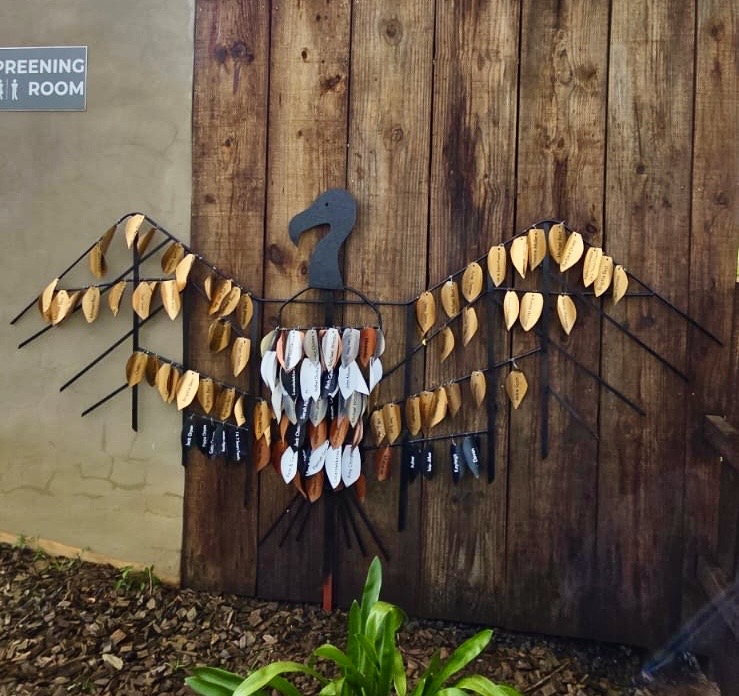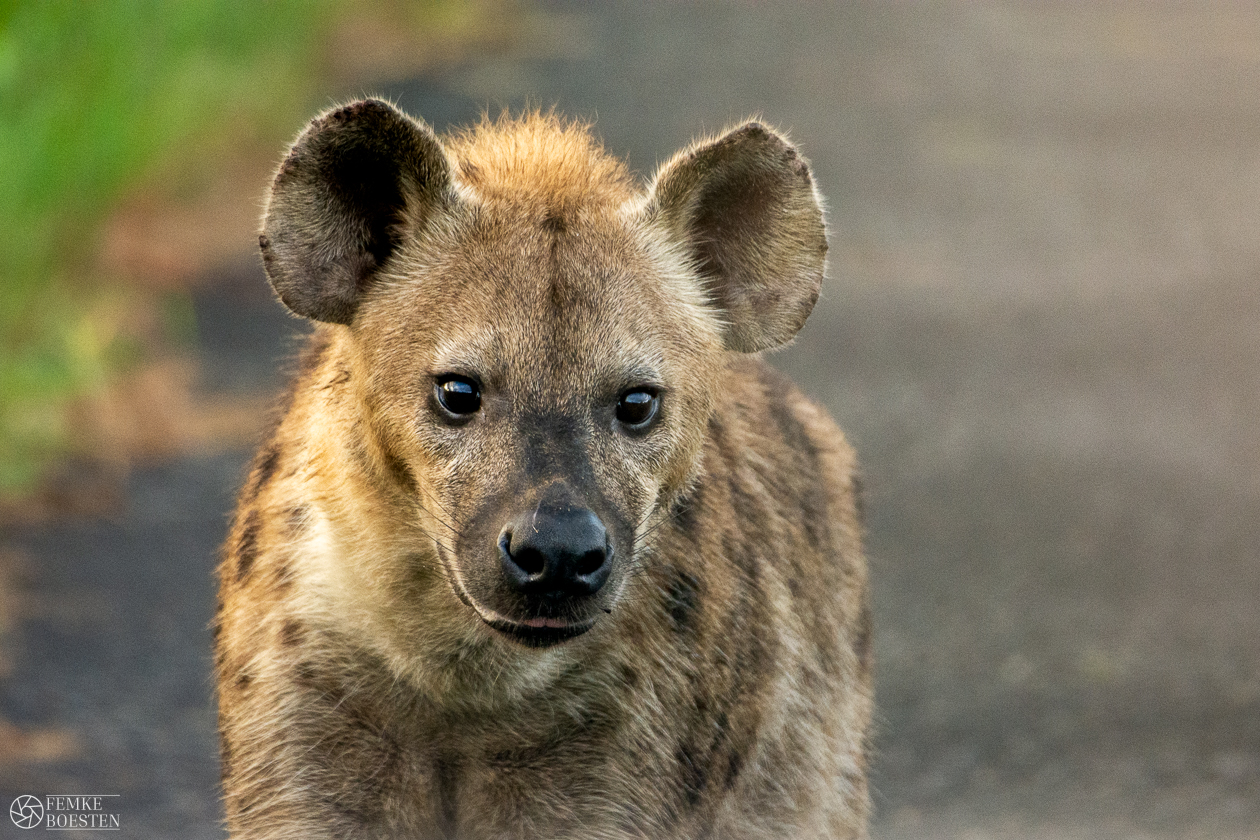World Sea Turtle Day was on the 16th of June 2020, it is celebrated on the birthday of Dr Archi Carr, who, through his research, brought attention to the threatening conditions that continue to impact sea turtles.
The 8 million tons of plastic dumped into the oceans each year causes a significantly negative impact on turtle populations. These amazing creatures have existed for millions of years and are critical players in maintaining healthy ecosystems.
Sea turtles help in the cycling of nutrients in both the ocean and on the beaches where they nest, thereby helping to maintain healthy habitats for other important marine species like lobster, tuna and jellyfish populations.
A few facts about sea turtles that many may not know:
- Marine turtles vary in size; the smallest sea turtle, the Kemps Ridley Turtle, is about 70cm long and can weigh up to 50kg, whereas the largest, the Leatherback Turtle, can measure around 180cm and weigh up to 500kg.
- A nesting female turtle will return to the same beach where she hatched, to lay her own eggs. Research tells us that this amazing ability to navigate comes from their sensitivity to the Earth’s magnetic fields.
- Due to the many natural obstacles faced by this species, it is estimated that 1 in a 1000 sea turtles will survive until adulthood. Beaches littered with plastic makes it even more difficult for the hatchlings to reach the ocean.
- Temperature determines the sex of the hatchlings; eggs incubated at cooler temperatures will be male and eggs incubated at warmer temperatures will be female!

Plastic pollution is one of the major threats to the survival of sea turtle species. Research tells us that over half of the world’s sea turtles have ingested plastic - to a sea turtle a floating plastic bag looks similar to a jellyfish, a favoured food source. Among other things, hard plastics can damage internal organs while soft plastics can cause internal blockages, often resulting in starvation and/or buoyancy problems. Other threats to sea turtle numbers include a high demand for their eggs and a high demand for their meat which is considered a delicacy in some countries.
How can you help protect sea turtles?
- Reduce single-use plastics like plastic straws and plastic bags.
- Re-use plastics in the home. If you can’t re-use, then recycle.
- Join a Coastal Conservation Effort that works to protect sea turtle nests from predators.
- At night, keep bright lights off the beach to encourage sea turtles to nest and to ensure hatchlings can find their way to the ocean.
- Learn more about these incredible species in the link below.
- Share posts about sea turtles and the threats they are currently facing.
- Help to create awareness about their importance and plight.

Video by Wessel Rossouw
Text by priority species monitor Caitlin Markram



.jpg)


.jpg)




